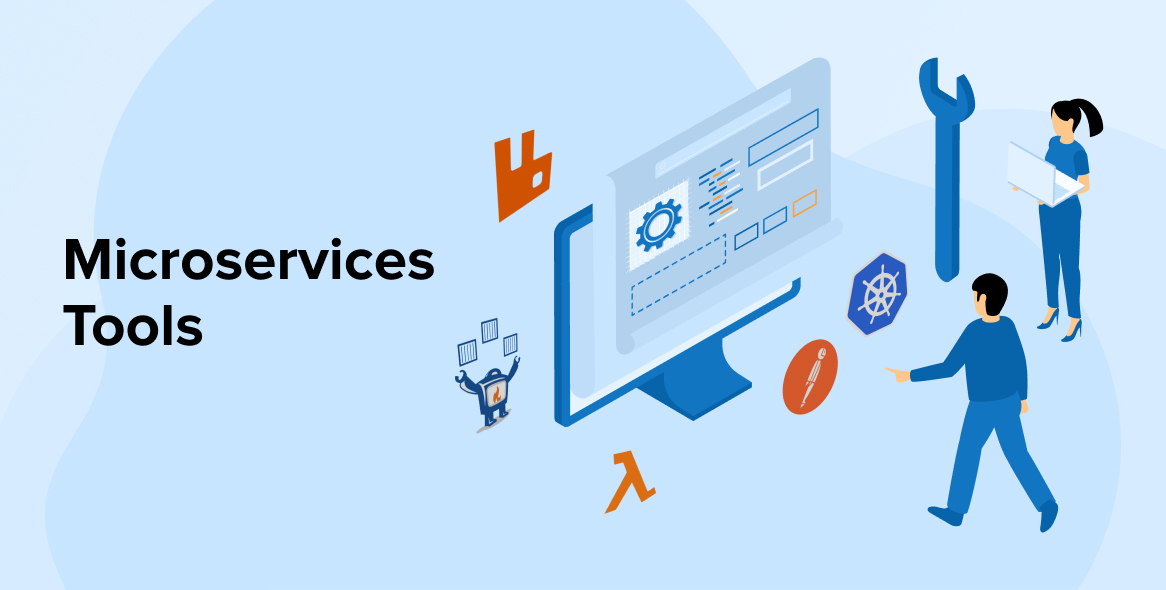
Software development firms have the everyday task of establishing themselves in an industry that is both competitive and dynamic. Not only must software be launched on the marketplace more rapidly, but it must also be continuously modified to satisfy the demands of its end users. However, how might these enhancements be accomplished? In this article, we’ll shed a light upon what is Azure DevOps as a model and its major advantages.
1. What is Azure DevOps Purpose?
The Azure DevOps purpose is to provide an efficient way of operation with effective communication and explicit procedures with quick lead times.
2. What is the DevOps Model?
In order to put this notion into effect, we will now discuss the DevOps paradigm and lifecycle. There are eight steps in the life cycle: planning, coding, building, testing, launching, deployment, operation, and monitoring. Multidisciplinary teams regularly rotate through the steps in order to release the latest software as rapidly as possible.
All these stages can be broken into a number of essential and unquestionably well-known growth processes.
2.1 Continuous Development (Plan and Code)
Throughout this stage, operations are regularly detected and visually observed just like agile software development processes. Thus, all parties have a comprehensive understanding of their development team capabilities, and work can be divided and addressed with ease.
The software development is divided into many sprints or shorter life cycles. By using a version control system like Git, code is exchanged.
2.2 Continuous Integration (Build and Test)
During the Azure test plans, new code is examined for defects. The quality assurance (QA) team ensures the software’s efficiency and verifies its potential to fulfil objectives in various test settings. The approved code may then be continually and securely blended into the master branch. Initial trials for bugs enable them to be promptly and readily fixed.
2.3 Continuous Deployment (Release and Deploy)
After exploratory testing and validating the latest software development release, it may be moved to the production system. This starts with the installation of the latest code on the systems and concludes with the development or delivery of the final product. This provides immediate exposure to new features for end-users.
2.4 Continuous Monitoring (Operate and Monitor)
Once the updated software is deployed, the technical staff may utilize monitoring tools to gather statistics about the application’s efficiency and usage trends. Throughout software usage, the management team analyzes the prevalence of vulnerabilities and other issues. With an eye toward future advancements, data is gathered, which may then be utilized by the developers.
3. Major Advantages of Azure DevOps Services
Explore the key advantages of Azure DevOps that empower developers to deliver high-quality software.
3.1 Maintaining Reliability and Stability.
Numerous sets of deployment may be handled with Azure DevOps services, and legality can be maintained for apps. Several software development teams devote a considerable amount of work to maintaining compliance.
3.2 Integration and Flexibility
Azure DevOps offers a strong environment for software-driven organizations to deliver their services in a workflow that enables continuous integration and continuous delivery. Whether you are delivering an Azure-hosted or AWS-hosted solution, the Azure DevOps CICD pipeline can transport your approach from design to execution.
With a vast community for plugins and connectors, infrastructure-as-code may be implemented into the workflow, allowing the creative sys admin to manage massive modifications to their settings from a single spot.
Further Reading On:
AWS Lambda vs Azure Functions : A Comparison Guide!
3.3 Enterprise-grade Security
Azure DevOps Server assists customers in integrating their infrastructure, procedures, and personnel. Its safety, project management, and adaptability may readily conform to the security criteria of any business.
If your company’s security policy stipulates that data must be housed on-premises, trying to deploy code on Azure DevOps Server is a prudent choice. You can have total command over who and when may access business data.
Authorization with Azure DevOps Server is performed via the Active Directory of your business. leveraging user groups, directors may now adjust privileges for Azure DevOps Server deployments in batch. Supervisors can also add, transfer, and delete members from Active Directory Groups.
3.4 Cost and Time Savings
Azure DevOps services are free for groups of up to five members. If you have a sizable group, you may first test the plans of its potential for free and subscribe for the premium solutions as your DevOps team expands.
How can unifying teams utilize this advantage?
- Without a single hosting, downloading and installing Azure DevOps Server Express on your private computer or laptop.
- Update to the full edition of Azure DevOps Server as soon as your team exceeds 5 participants.
- Then, migrate your entire development history, documents, and activities.
- When utilizing Self-Hosting in the Cloud, Team Foundation Server will execute updates at no extra cost. This is incorporated in the TFS 2017 and 2018 server licensing. It also offers one parallel work at no cost.
3.5 Reduced Time to Market
Azure’s DevOps service was created to expedite the development of high-performance solutions, hence lowering time-to-market without sacrificing the value of the production.
3.6 Development Services in the Microsoft Cloud
Utilizing Azure DevOps Services provides full accessibility to various technology solutions in the Microsoft Cloud including Application Insights, Dynamics, and Office 365. All of these technologies enable you to precisely design procedures and operate more productively.
All of the above arguments indicate why moving to Azure DevOps Services must not be delayed till tomorrow.
4. Conclusion
Open source leading tools may be easily incorporated into Azure DevOps service in order to give an enterprise-specific, custom-built solution. Azure’s continuous integration and deployment, infrastructures as code, and constant monitoring can all be combined with the Azure DevOps platform to offer a business anything it requires in a unified, well-integrated solution.
Businesses have the option of automating processes with Github, creating recurring Azure deployments using Spinnaker, and managing releases across various settings with Azure Pipelines.
Azure DevOps gives unified answers to complicated issues. DevOps technologies are intrinsically valuable for organizations that are currently utilizing Azure’s services.






Comments
Leave a message...